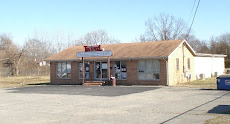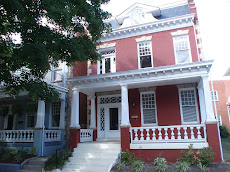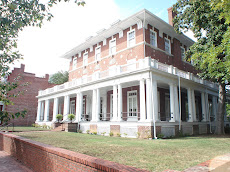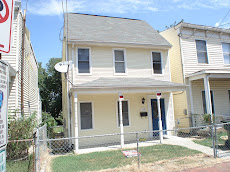Synopsis: Central Virginia Area Housing Market 2009 Annual and Fourth Quarter Report
Key Points
By:
Lisa A. Sturtevant, PhD
John McClain, AICP
George Mason University
Center for Regional Analysis
The U.S. Leading Economic Index turned upward in April 2009 and gained momentum through the year, rising 7.2% since March. GDP is projected by Global Insight to have increased by 5.1% in the 4th quarter of 2009. Initial claims for unemployment are now 33% less than their peak in April.
•
The unemployment rate in the Richmond Metropolitan Area peaked in June at 8.3% and the area’s unemployment rate has improved each month since then. As of November, the regional unemployment rate had fallen to 7.5%, almost two-and-a-half percentage points below the national rate.
•
Home sales nationally have improved significantly in the second half of the year. Existing home sales in November were up 44% since March, and were at the highest level since February 2007. New home sales have not increased as rapidly, but are showing improvement.
•
Given these economic measures, it is likely that Richmond’s economy will recover sooner that the national economy and this economic improvement will be the backdrop for the housing market as 2010 unfolds.
Sales Activity
•
In 2009, there were 11,162 existing homes sold in the Central Virginia region, which was virtually unchanged from 2008. In the 4th quarter of 2009, there were nearly 3,000 homes sold, an increase in sales of 29% over the 4th quarter of 2008.
o
In the Richmond Metro Area, there were 2,392 home sales, up 38% over the 4th quarter of 2008.
o
In the Tri Cities Area, there were 242 home sales in the 4th quarter of 2009, an increase of 17% over the 4th quarter of 2008.
•
In the 4th quarter of 2009, there were 2,466 pending sales in the CVR MLS, an increase of 17% over 4th quarter 2008 sales. Many of these pending sales will translate into closed sales in early 2010.
Home Prices
•
Existing home prices in the Central Virginia Region were down about 13% in 2009 compared with 2008. Prices were down in every quarter of 2009 and there is little evidence that they have reached a turnaround point.
•
In 2009, the strongest sales in the region were in the under $200,000 range. In the 4th quarter of 2009 more than half of all homes sold were priced below $200,000. By contrast, in the 4th quarter of 2008, only 40% of sales were in the under $200,000 range.
•
While there were fewer homes in the $200,000 – 299,999 price range sold in the 4th quarter of 2009 compared with 2008, pending sales were up in this price category – which may indicate a stabilization of prices in early 2010.
Outlook for 2010
•
Sales and pending sales are both higher at the end of 2009 compared with the end of 2008. In the first half of 2010, it is expected that sales activity will continue to increase.
•
The Federal homebuyer tax credit program has been expanded to include both first time and move up homebuyers. The program requires buyers to sign a contract by the end of April, with closing by the end of June, and many potential homebuyers may accelerate their decision to buy to meet this deadline.
•
As the number of potential buyers increases in early 2010, so will the confidence of potential sellers. As a result, it is expected that the number of listings will increase, giving buyers more options. While sales activity will likely increase, it is not certain that prices will rise in the first half of 2010.
•
Foreclosures remain a potential problem as the economic recovery unfolds. These homes will generally be lower priced and will continue to dampen prices in the overall market.
Subscribe to:
Post Comments (Atom)














































No comments:
Post a Comment